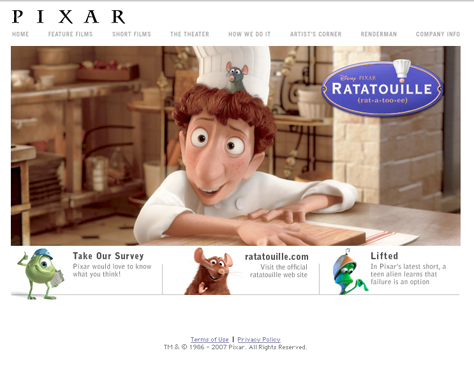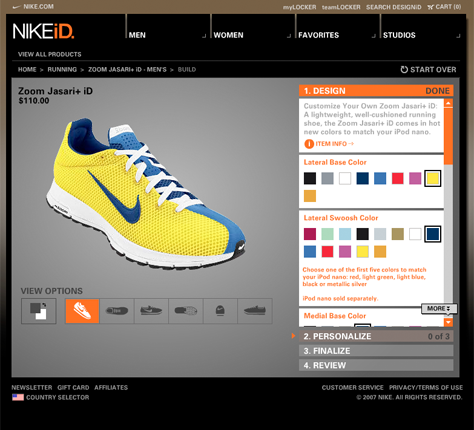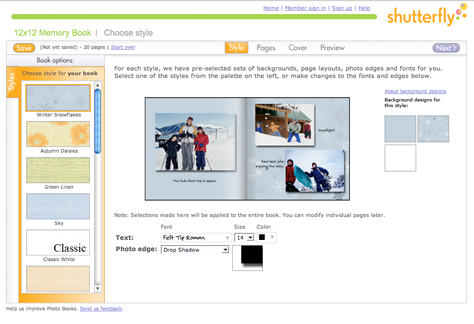Playfulness, like usability, refers to a quality of user experience that can span many disciplines—information architecture, information design, interaction design, and graphic design. In our minds, however, many of us have relegated play to the realms of gaming or kids’ stuff and don’t consider play daily when designing. Though, in the digital space, satisfying the desire to play can be integral in determining the success or failure of a digital product or service. So it’s time for user experience designers to take play seriously. (And stop being so darn boring.)
The Elements of Playful UX
As a starting point, let’s loosely define playfulness in user experience as those elements of a digital design that engage people’s attention or involve them in an activity for recreation, amusement, or creative enjoyment.
Using this admittedly broad definition, it’s easy see that more than just branding determines a digital product’s playfulness. A host of other factors influence playfulness as well, including a product’s overall purpose, technological features and functionality, and how people use the product. So how does playfulness manifest itself in a digital user experience?
Branding
Often when we discuss playfulness as part of user experience, we first see it as an element of branding. And there is no doubt that branding has an important role in determining how engaging an experience can be. It sets people’s expectations. It tells them: “Hey! This is going to be fun.” If a company’s identity is whimsical or crafted to appeal to kids, its overall branding package might include such visual cues as bright colors, asymmetrical shapes, humorous text, or cartoonish images. For example, as Figure 1 shows, the look and feel of the Pixar Web site lets you know they’re a company with a playful attitude.

In an interview on the Avenue A | Razorfish blog, “The Art of Play in Interaction Design and Brand ID,”![]() Experience Director Kevin Kearney talks about how companies use playful messages to show friendliness and create a positive brand image for customers. For instance, Flickr indicates a server error and builds a playful brand by informing users it “is having a massage,” as shown in Figure 2.
Experience Director Kevin Kearney talks about how companies use playful messages to show friendliness and create a positive brand image for customers. For instance, Flickr indicates a server error and builds a playful brand by informing users it “is having a massage,” as shown in Figure 2.

Playful Engagement
However, while branding sets the tone, it is just a small part of an entire product—and no amount of playful branding can make up for a dull user experience.
Play is not a passive quality, but one that demands interaction, exploration, and imagination. From this perspective, the playfulness of a complex user experience, while attributable in part to its design, is heavily reliant upon users and their level of engagement. In the end, users themselves create playfulness.
It’s not hard to find examples of engaging online properties that invite people to play and capture large audiences for long periods—video games, poker, and fantasy football are some prime examples. Conversely, if a product or service is not playful, people might still use it; they just won’t spend a lot of time with it.
When we examine some of the Web 2.0 success stories—like Facebook, Flickr, Second Life, and YouTube—we can see that they all tap into the creative and imaginative qualities of their users. In fact, playfulness is so ingrained in the user experience of these sites that it’s impossible to separate it from the services they provide.


